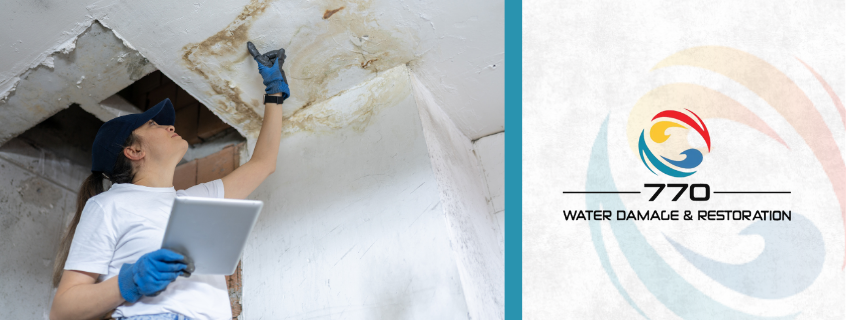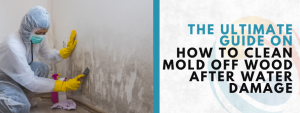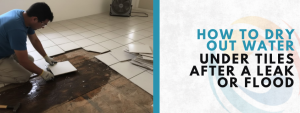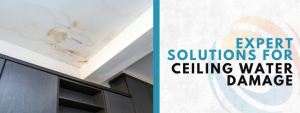
Every day, people step into their homes expecting comfort, but instead, they’re greeted with itchy eyes, endless sneezing, and unexplained headaches. If that sounds like you or someone in your family, the problem might not be outside—it’s inside your walls, under your bed, and floating in your vents.
Most guides tell you to vacuum more or get an air purifier. That’s helpful. But allergy proofing your home goes far beyond just the basics. What most people overlook are the subtle materials, habits, and even decorative choices that allow allergens to build up over time.
When allergy proofing your home, understanding these lesser-known areas can mean the difference between constant discomfort and lasting relief.
Let’s uncover what most people miss—and how you can finally breathe easier inside your walls.
What’s Hiding in Plain Sight?
Even homes that appear spotless on the surface often hide allergens that quietly trigger reactions.
Here are the spots most homeowners forget to check:
- Behind large bookshelves and couches pressed against the walls
- The inside edges of curtains and blackout shades
- Cushions, throw pillows, and decorative bedding
- Vents, baseboards, and ceiling fan blades
- Wall decor or picture frames that gather dust
When allergy proofing your home, make it a habit to check and clean these areas monthly. You’ll be surprised how much easier you breathe after doing so.
To ensure indoor air is clean and properly restored after any kind of exposure, it’s smart to learn more about full-spectrum solutions for a healthier home that many allergy-prone families now trust.
Your Walls: A Secret Trap for Allergens
Most people clean their floors and furniture, but they don’t think twice about their walls. But depending on the materials, walls can either repel or trap allergens. The most underrated part of allergy proofing your home might just be your paneling.
Here’s a helpful comparison:
| Wall Material | Allergy Risk | Maintenance Level | Notes |
| Painted Drywall | Moderate | Easy | Wipe monthly to prevent buildup. |
| Sealed Wood Panels | Low | Moderate | Best if sealed and cleaned regularly. |
| Fabric Panels | High | Difficult | Dust and mold prone—avoid in humid areas. |
| Vinyl Panels | Very Low | Very Easy | Great for allergy-conscious homes. |
| Brick or Stone | Very Low | Low | Non-porous and moisture-resistant. |
If you’re renovating, upgrading to allergy-friendly wall panels is a smart long-term investment. They’re easy to clean and don’t allow allergens to settle in.
In cases where water damage may have caused mold in hidden wall cavities, consider professional help through reliable restoration for sensitive spaces to make sure all problem areas are truly cleared.
The Filter Mistake That Keeps Allergies Alive
You’ve replaced your filter—great. But how clean are your vents? How old is your HVAC system? If you’re serious about allergy proofing your home, your air system needs as much care as your kitchen or bedroom.
Here’s a quick maintenance list:
- Replace filters every 60–90 days.
- Clean vents with a damp cloth weekly.
- Schedule duct cleaning every 1–2 years.
- Install a HEPA filter for better airborne particle control.
- Use a smart thermostat to monitor indoor humidity.
A poorly maintained HVAC system can trap mold, dander, and pollen, then spread them throughout your house.
Many homeowners overlook this until it becomes a serious issue. If you’re unsure whether past moisture exposure has worsened your air system, now might be the right time to check in with experts who restore comfort where it matters most and make your HVAC allergy proof.
Your Floors Might Be the Problem
Think the dust mites are in the air? They’re probably right under your feet. Carpet is one of the worst offenders when it comes to indoor allergens. If you’re serious about allergy proofing your home, flooring is a critical choice.
Let’s break it down:
- Hardwood or Vinyl: Best choices. Easy to clean and doesn’t trap allergens.
- Laminate: Great option with proper sealing and regular care.
- Tile or Stone: Excellent for allergy prevention, especially in damp areas.
- Wall-to-Wall Carpet: Avoid if possible. Traps everything.
- Rugs: Only use washable ones that you clean weekly.
If you do keep carpet, get it deep cleaned with hypoallergenic solutions at least twice a year.
Bonus Tip: Add entry mats at every door. This helps prevent outdoor allergens from being tracked inside, especially during spring and fall.
Furniture and Bedding That Fight Allergens
Furniture doesn’t just take up space—it can collect and spread allergens if not chosen carefully. When allergy proofing your home, go for surfaces that are easy to clean and resistant to dust mites.
Here’s what to look for:
Choose This:
- Leather or faux leather couches
- Metal bed frames
- Hypoallergenic pillows and comforters
- Blinds or washable cotton curtains
- Decluttered surfaces
Avoid This:
- Plush fabric sofas
- Fabric headboards
- Heavy drapes or layered curtains
- Bedding you can’t wash weekly
- Piles of stuffed toys
Wash all linens in hot water weekly. That simple step alone can cut down allergen levels significantly.
The Windows-to-Airway Connection
You may love fresh air, but opening your windows in allergy season brings the outdoors in. Instead of relying solely on fresh air, you’ll want to focus on controlled ventilation.
Checklist for Allergy-Smart Windows:
- Keep them closed in the early morning or on windy days.
- Clean windowsills and screens every 2 weeks.
- Install air-tight seals to prevent pollen leaks.
- Use room purifiers with HEPA filters.
Also, watch for mold near windows where condensation builds. If you’re seeing black spots or moisture rings, that’s a red flag. Acting early protects your walls and keeps allergen levels low.
Daily Habits that Lower Indoor Allergens
Big changes are helpful, but it’s the little things you do every day that keep your home truly allergy proof.
Here are easy daily habits:
- Leave your shoes at the door.
- Don’t let pets onto beds or couches.
- Shower after being outside.
- Vacuum using a HEPA-filtered machine.
- Use natural cleaners without added fragrance.
Allergy proofing your home isn’t about doing everything at once. It’s about building smart habits over time.
Frequently Asked Questions: Allergy-Proofing Your Home Made Simple
How do I start allergy-proofing my home if I don’t know where to begin?
Start with your bedroom by switching to hypoallergenic bedding, washing linens weekly, and using a HEPA air purifier. Then move room by room, focusing on dust-prone surfaces, flooring, and ventilation.
Can my wall panels affect my indoor allergies?
Yes, wall panels made of porous or untreated materials can trap dust and mold. Choosing sealed or allergy-friendly panels can reduce buildup and improve air quality.
What kind of flooring is best for reducing allergens in my home?
Hardwood, vinyl, or tile flooring are best because they don’t trap dust and are easy to clean. Avoid carpets or use washable rugs to minimize allergen buildup.
Do I need to clean my HVAC system to help with allergies?
Absolutely—dirty filters and ducts can spread allergens throughout your home. Replace filters regularly and have ducts cleaned at least once a year.
Are there any quick daily habits to help keep my home allergy-proof?
Yes, take off shoes at the door, vacuum with a HEPA filter, and keep pets off furniture. These small changes make a big difference in reducing allergens daily.






